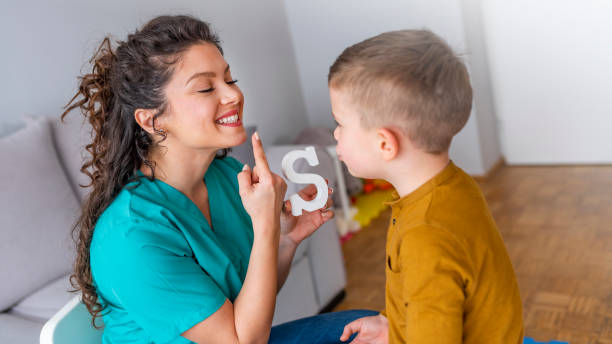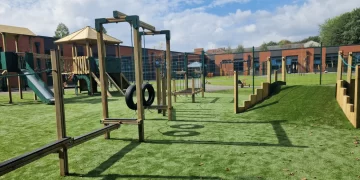7 Steps For Apologizing To Your Child

You hear a loud crash in the living area two minutes after seeing a blurry Oliver and Emma screaming through the hall. You immediately start scolding your kids for running into the house. Still yelling, you enter the room and find the cat on the end table, where the lamp used to be.
When you turn around, you see your children staring at you in disbelief and with hurt looks on their faces.
We all make mistakes. For example, we should teach our children to accept their faults even if they are embarrassing to us.
We can also lose our temper when our children do something that makes us angry.
It is important to remain calm and sincere when you apologize.
Next time you need to apologize, follow these seven steps:
1. Own your feelings and take responsibility for them
We tell our children that it’s okay to feel frustrated and upset at times. Remember that the way we react to these feelings is not always acceptable. For example, it’s not okay for you to slam the door or yell. Your kids are watching, so you shouldn’t act in a manner that you wouldn’t like them to imitate.
2. Connecting the feeling to the action
In your apology, explain why you felt that way. What caused you to act in that manner? Don’t blame anyone (“I am sorry that I yelled, but you wouldn’t hurt my foot if I had picked up my cars.“)
3. Please apologize for your actions
Explain why you think your actions were inappropriate. You’ll teach your kids that they shouldn’t behave that way.
4. Recognize your child’s feelings
Show them you understand their pain or fear. Make sure your children know that you are not basing your love on what they do or don’t.
5. Tell us how you plan to avoid this situation in the future
It is an excellent opportunity to show our children that we can learn from our mistakes and then improve. It would be best if you were specific about what you want to achieve, such as avoiding yelling or blaming other people.
6. Ask for Forgiveness
This can be expressed as “Can you forgive me?”
7. Focus on Amendments and Solutions
Discuss and find solutions with your child.
Take it All Together.
You can use these steps to create an apology in the following format:
“I was frustrated that you were not ready for school in time. But it wasn’t okay for me yell at you. Sorry I yelled. You must have felt scared and hurt. Sticky notes are all over the house as a reminder that I need to be more calm and use my voice. Can you forgive me? What can we do to move forward and fix this problem? .”
Final Thoughts
As difficult as it can be, we should always apologize to our children when we make a mistake. This helps our kids to recognize their own mistakes and learn how to apologize. This shows them that it is okay to make mistakes.
Children who haven’t experienced many failures may not know what to do when they do face a problem. They lack the confidence to take risks, confront their issues bravely, or roll with the flow.
Making mistakes and learning from those mistakes will give our children more confidence and resilience in the long term. One way to teach them this is by seeing their parents accept responsibility for their mistakes.













